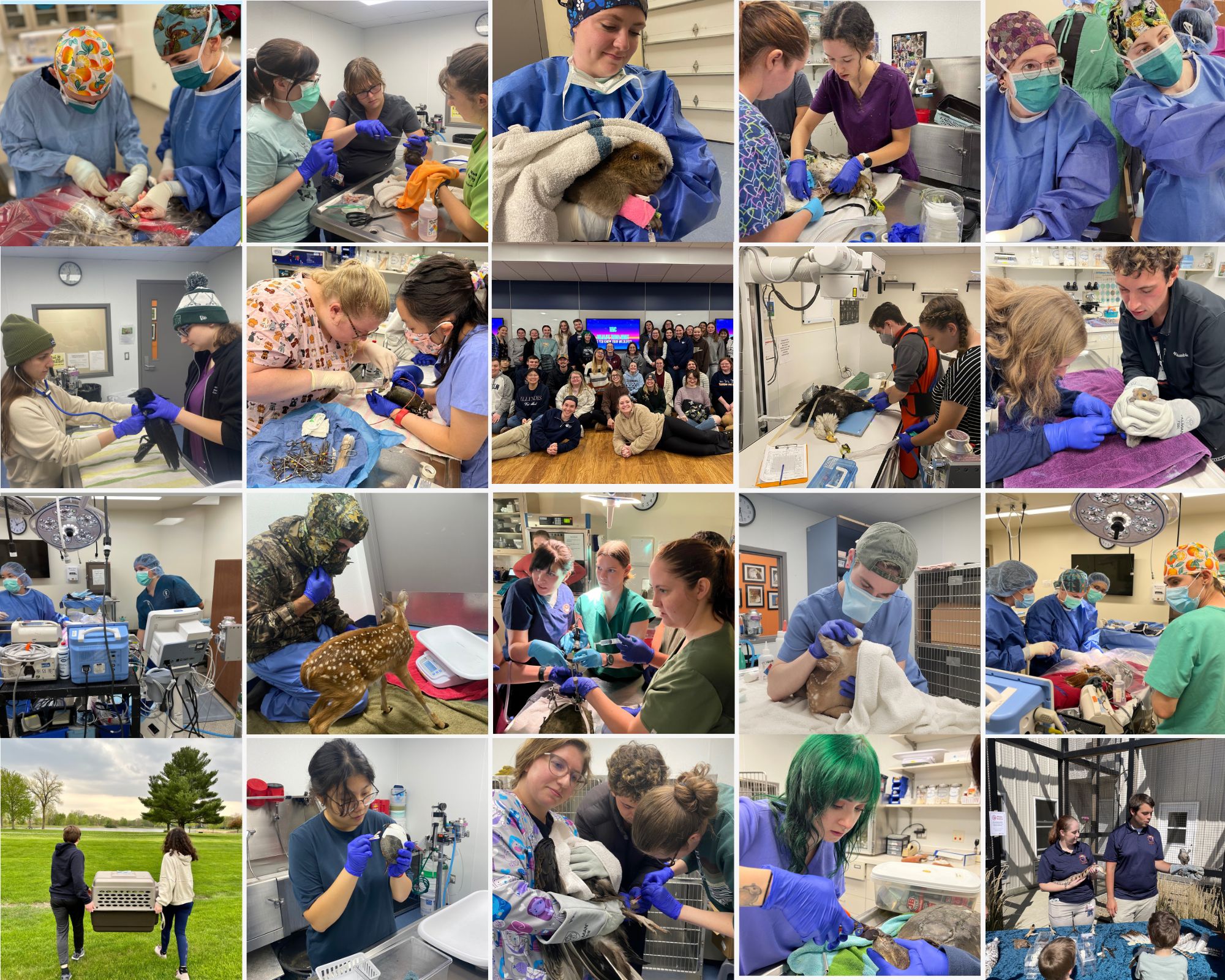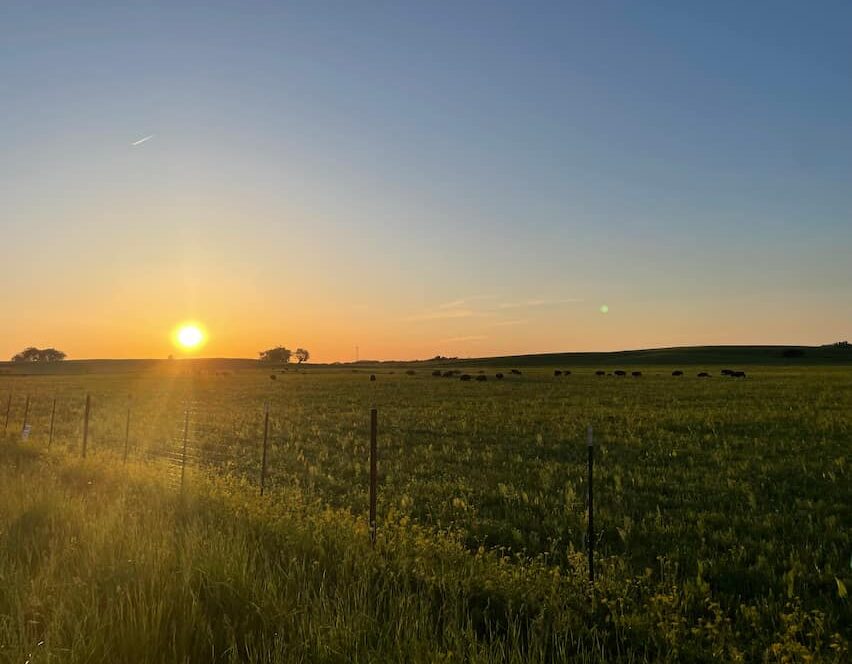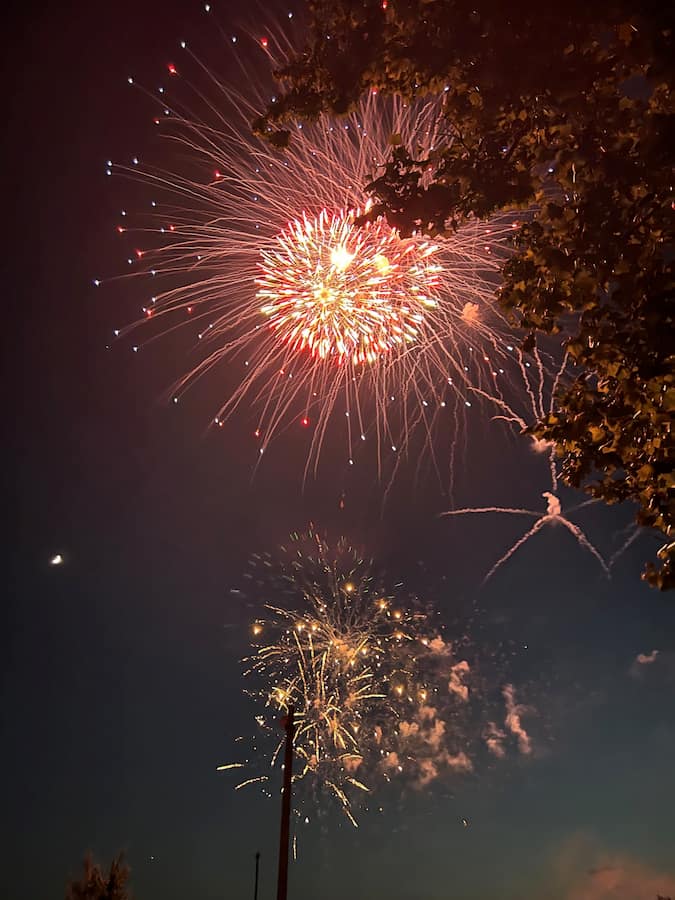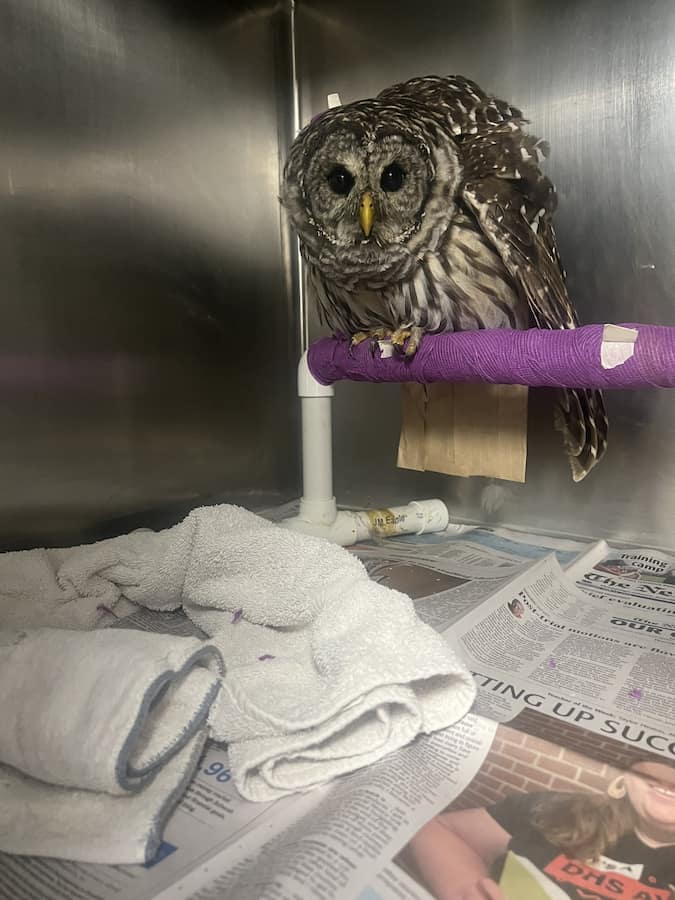What do Spiderman, Iron Man, Wonder Woman, and the Veterinary Student all have in common? They are all heroes. Ever since I was a child, I have dreamt of becoming a superhero. I pictured myself as this fearless, gallant character in a comic book. A bold superhero who saves the lives of animals and people. Now that comic book is coming to life.
Let us begin with our exposition. Some heroes acquire their abilities, while others are born with them. The poor sickly orphan, Peter Parker gained his superhuman strength and speed once he was bitten by a radioactive spider, then took on the heroic name of Spiderman. It is simply not that straightforward for us. Veterinary students are special as they must work super hard to become the heroes that they are today. It was their unconditional love for animals of all shapes and sizes that called them to this career. A career that is centered around mute patients who can’t communicate their problems, so you are left with detective work to discover solutions. The average veterinary student knew they wanted to become a veterinarian the day that they knew that they could use the power of science and medicine to save animals. An ordinary moment that is captured at the beginning of many veterinary students’ journeys through a baby picture is them wearing their elevated costume of scrubs covered by a white coat with the dynamic equipment known as the stethoscope wrapped around their neck sitting next to their beloved pet sidekick. Our costumes might not look as marvelous in comparison to Superman, the Flash, or Black Widow. However, once we put on our costumes, we feel invincible.
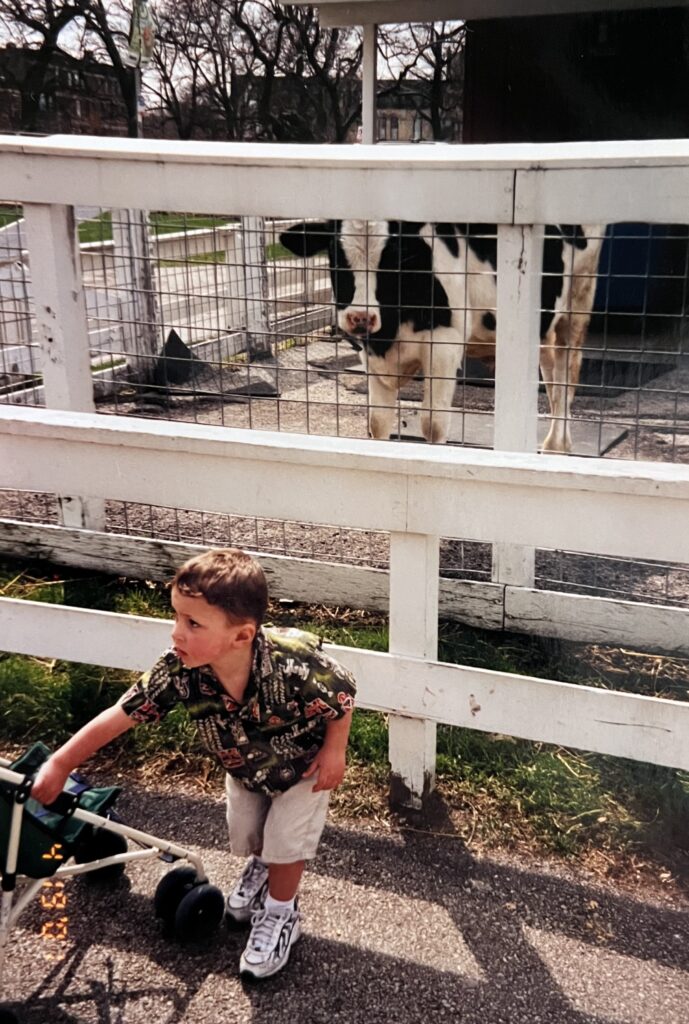
The road to veterinary school is complex. Most students attend veterinary school after obtaining a bachelor’s degree from an undergraduate college. However, others go through a nontraditional path and return to academics once they discover that veterinary medicine is their true passion. To become a Doctor of Veterinary Medicine, it requires precision, devotion, and intensive training. The exposure to numerous specialties allows students to find their calling to work in specific fields such as companion, farm, equine, zoological, aquatic, and wildlife medicine. Our opportunities are endless. They all share one similarity: being a healer for animals. When I first stepped into the Wildlife Medical Clinic, I was mesmerized by the ability to save the lives of injured and orphaned wildlife. I knew that this was my calling. A future in saving nontraditional species such as zoological, aquatic, and wildlife animals.
Like all superheroes learn quickly, team dynamic is necessary to become successful. We cannot do this alone. This clinic is student-run with the managers directing over eighty students broken into six teams with bold, courageous team leaders guiding the team members. We are a community of heroes. This clinic operates 365 days with the help of undergraduate students, veterinary students, house officers, and faculty members devoting countless hours. Outside of an intensive rigorous curriculum, students volunteer their time when they are not in class to provide the best care to patients. Many students dedicate their time to learning more about wildlife medicine, husbandry, nutritional needs, etc. Overall, we are working together to not only save lives but make a difference in this world. Like all superheroes, we learn the impact of allies. We depend on each other.
The climax is the moment that challenges every superhero and leaves them with difficult choices to make. During the summer of 2023, every day was filled with adventure from feeding orphans to triaging patients to providing medical treatment. At the end of a very long day, we were notified that an injured five-day-old white-tailed deer was waiting in the front lobby to be admitted to the clinic. This patient was in rough shape and presented as weak, non-ambulatory, and almost lifeless. The team quickly sprang into action and used whatever power that they had left and put it into this fawn. After providing intensive medical care, the outcome was not what they hoped and worked for. We spend most of our days in the clinic staying positive and living through joyful moments. Even so, we are sometimes faced with the realization that we can’t save them all. We are reminded that even for the patients that we lose, so many others are given another chance at life and released back into the wild through incredible care such as a red-tailed hawk with an ulnar fracture, a bald eagle with lead toxicosis, or a sickly red fox with mange. Even when we are faced with a difficult decision, supporting an animal through its toughest moments is the most courageous thing that we can do. That is the true power of our field.
Our journey through the Wildlife Medical Clinic has taught us to be advocates for all animals. Our work is not only done in an examination room. We can inspire the world to strive for lifelong education and preserve the environment through conservation efforts. We are in this field to be heroes for our patients. We are here to make a difference in this world. My comic storyline is not over. I have many unwritten pages awaiting me. Patients for me to learn and grow from. The Wildlife Medical Clinic will always be a monumental moment in my journey as a veterinary student.
Not all heroes wear capes – but these veterinary students do.
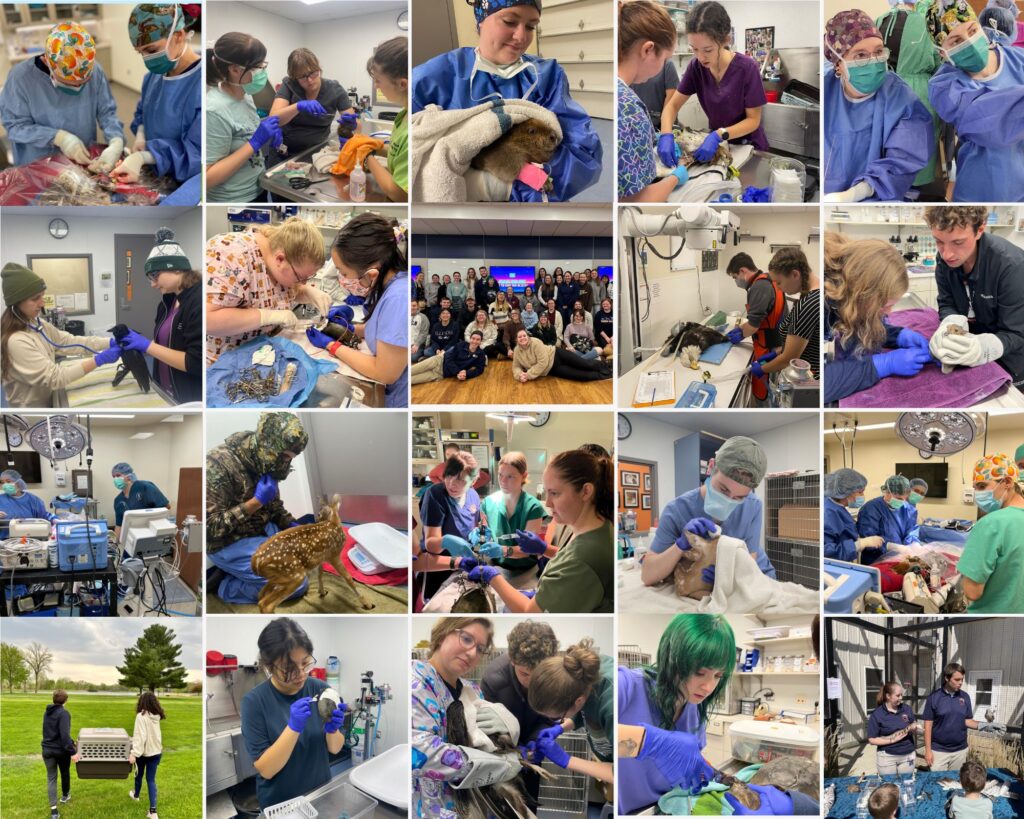
This article was written by Hassan, Class of 2025 DVM Candidate

